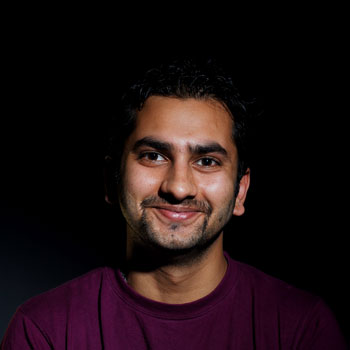Information and communication technology have not only affected the younger generation, but they are also pervading and finding their way into the lives of the elderly. With the growth of mobile phones, the World Wide Web, and other various modes of connecting people, the face of communication is changing at a rapid pace. The development of communication technologies has caused an enormous social change. Mobile phones are currently one of the biggest modes of communication between people as they target a larger audience, but when it comes to the elderly, this is where it fails to connect as the needs and requirements of the elderly are different from all other age groups, which needs to be considered separately during the design process. Designing for the elderly requires a "human-centered approach" as it is more important to discuss and debate about the technology and design with the people who are going to use them. The project is an attempt to create an alternative means of communication and information sharing for the elderly, keeping in mind the physical and technological constraints. We are designing a wearable device for the elderly to carry whenever and wherever they feel like it, with all the basic essential features required for communication and information sharing. For example, sharing of songs and pictures, emergency calling, and tracking systems to keep track of family and friends. To overcome the problem of sight and hearing, which comes with increasing age, audio-visual feedback at every step while performing a function and icons for easy mapping and navigation have been implemented in the design. Also, metaphors for the interface are taken from the already existing mental models of elderly people so that they don’t find it difficult to adapt to the new interface.




